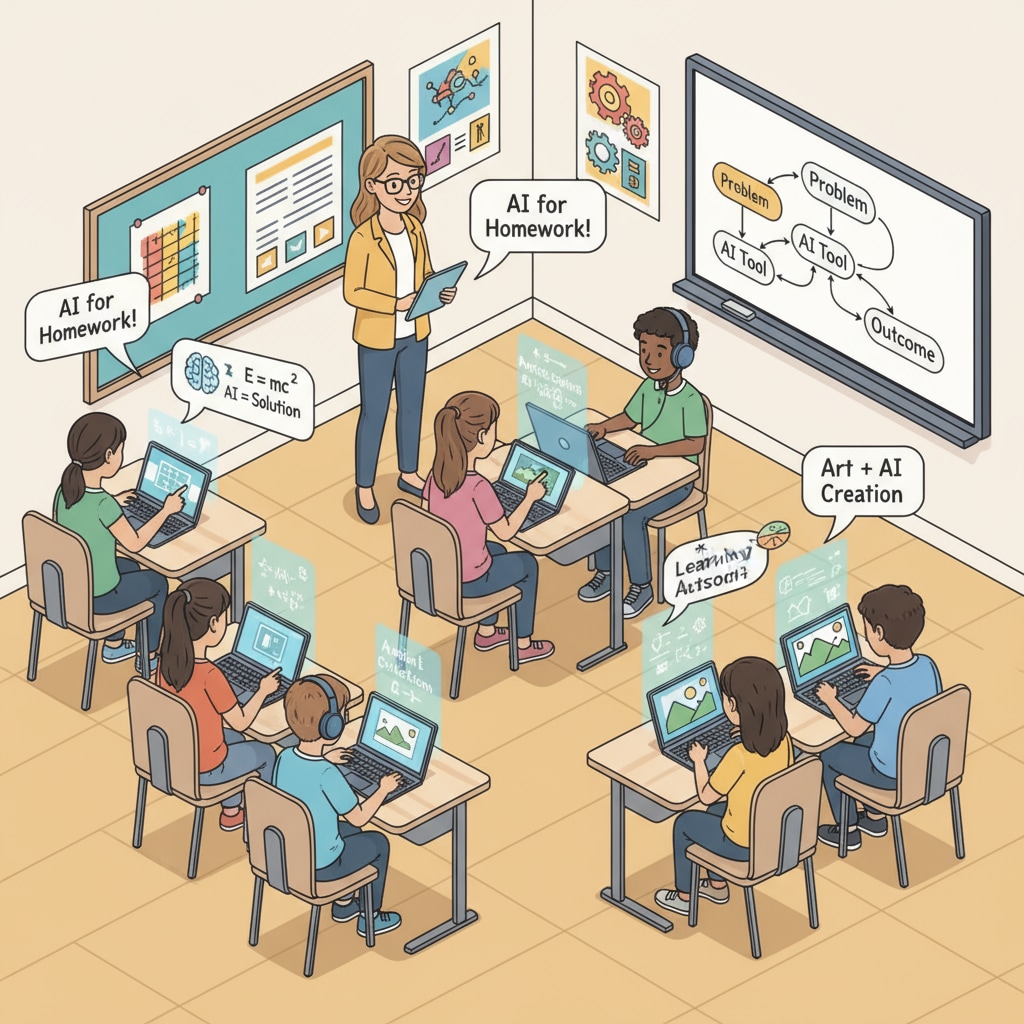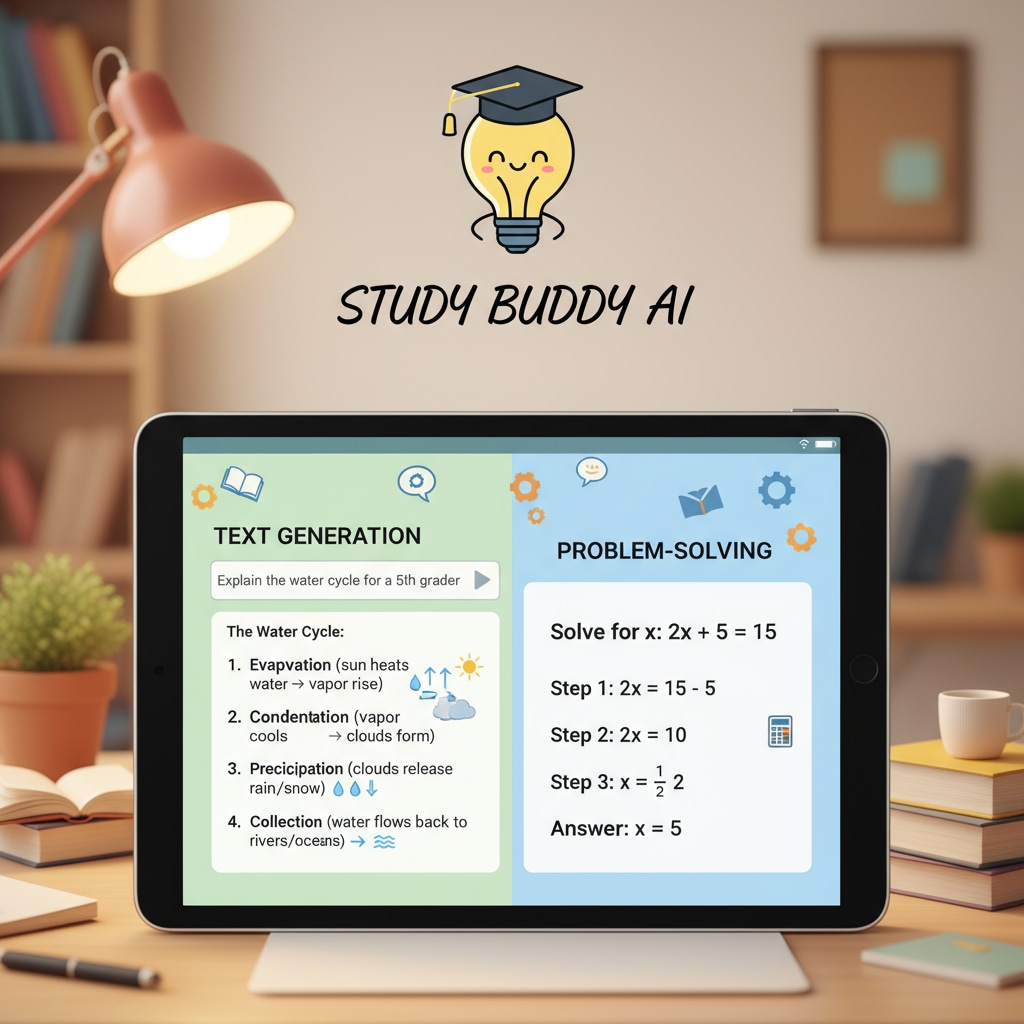In the age of AI, the phenomenon of AI, homework, and grade inflation has become a pressing issue in the academic realm. The widespread application of AI technology in education has revolutionized the way students complete their assignments. For instance, students can now use AI writing tools to generate essays with ease, which has led to a significant increase in seemingly high-quality work but has also contributed to grade inflation.

This situation challenges the traditional educational evaluation system and calls for a reexamination of how we assess student learning.
The Impact of AI on Homework Completion
AI has brought about a remarkable transformation in the way students approach their homework. With the help of advanced language models and intelligent assistants, students can quickly obtain answers, rewrite texts, and even generate entire projects. As a result, the authenticity of homework has been severely compromised. For example, some students rely on AI to complete math problems, submitting solutions that they may not fully understand. This not only undermines the learning process but also distorts the true picture of students’ knowledge and skills. Artificial intelligence in education on Wikipedia

The Phenomenon of Grade Inflation
Grade inflation refers to the trend of awarding higher grades for work that may not necessarily meet the traditional standards of excellence. In the AI era, this problem has become more pronounced. Teachers often find it difficult to distinguish between work that is genuinely the result of a student’s effort and that which has been aided by AI. As a result, students who may not have fully grasped the course content can still receive high grades, leading to an inflated academic record. This not only devalues the educational credentials but also creates an unfair advantage for some students. Grade inflation on Britannica
To address this issue, it is crucial to establish a more robust and reliable assessment mechanism. One approach could be to incorporate more in-person assessments, such as oral presentations and exams, which are less susceptible to AI interference. Additionally, educators can use plagiarism detection tools specifically designed to identify AI-generated content. By diversifying the assessment methods, we can obtain a more accurate understanding of students’ true abilities and eliminate grade inflation.
Readability guidance: As we can see, the paragraphs are kept short to enhance readability. We have also included lists where appropriate to present key points clearly. The use of passive语态 is minimized, and transition words like “for example” and “as a result” are used to improve the flow of the article.


